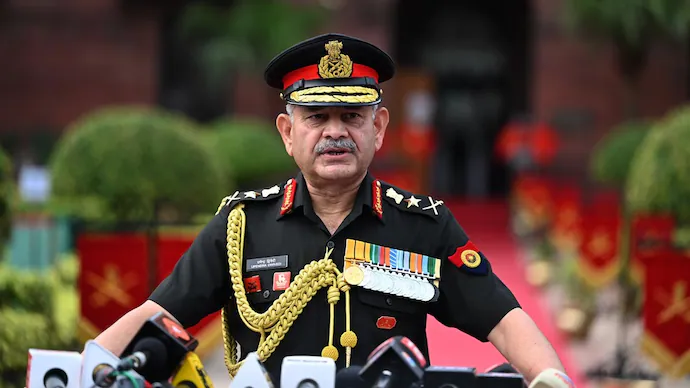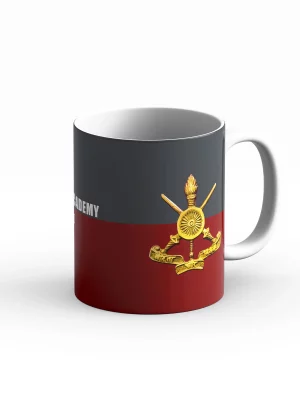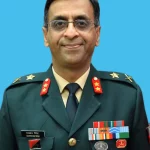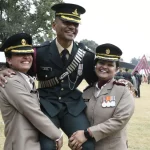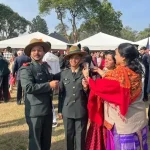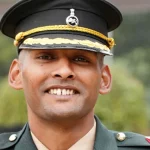Army Chief General Upendra Dwivedi has called the Pahalgam terror attack a watershed moment in India’s counter-terror strategy, stating it has fundamentally changed the way the country will respond to cross-border threats.
Speaking at the Kargil Vijay Diwas ceremony in Drass, General Dwivedi said the May 6–7 military operation targeting high-value assets in Pakistan and Pakistan-occupied Jammu and Kashmir was a direct response to the Pahalgam attack, which killed 26 civilians. He said the precision strike was designed to avoid civilian casualties while delivering a strong message to the masterminds and support networks behind cross-border terrorism.
The Army Chief noted that Indian forces remained on alert from May 7 to 9, prepared to counter any retaliatory action from across the Line of Control. He emphasized that the operation was part of a broader, coordinated strategy involving various security and intelligence agencies.
Outlining long-term structural changes, General Dwivedi announced the creation of integrated combat formations known as ‘Rudra’ brigades. These units bring together infantry, armoured elements, artillery, special forces, and drone platforms under a unified command structure. Two such brigades are already operational, signifying a shift from traditional role-specific brigades to flexible, multi-domain forces.
He also introduced newly raised light commando units called ‘Bhairav’ battalions, intended for swift and targeted actions along the frontier. Drone sections have been added to each infantry battalion, while artillery capabilities are being enhanced with long-range, remotely operated systems.
The Army’s air defence arm is also undergoing modernisation, with the integration of domestically developed systems to counter aerial threats. According to the Army Chief, all reforms are being implemented in coordination with the Navy, Air Force, and other government bodies, as part of a unified national defence posture.

